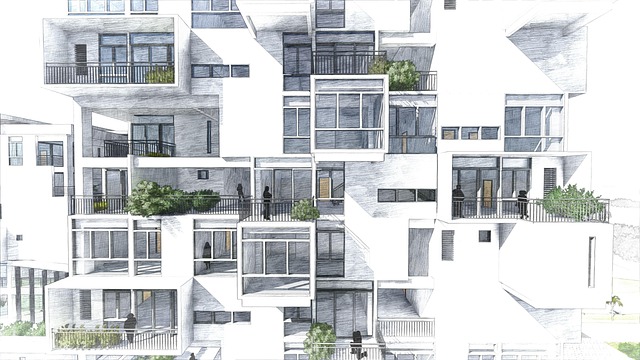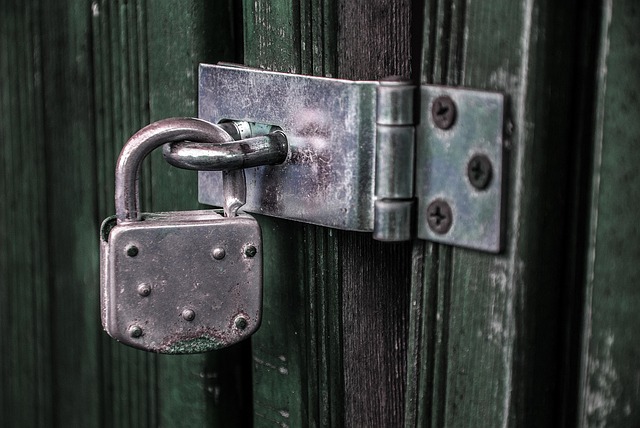Motion sensors for townhouses are transforming security and convenience, integrating seamlessly into smart home ecosystems via mobile apps. They automate lighting controls, saving energy, and offer real-time alerts for unauthorized access, enhancing safety. However, integration also raises privacy concerns, requiring robust encryption and transparent data practices to protect homeowner information.
“Discover the future of townhouse living with mobile app-controlled systems. These innovative solutions offer unparalleled convenience, allowing you to manage your home’s lighting, temperature, and security from your smartphone. In this comprehensive guide, we explore the benefits of integrating motion sensors in townhouses, providing a step-by-step guide for connecting smart home devices via mobile apps. Furthermore, we address critical security and privacy considerations ensuring a safe and seamless automated experience.”
- Understanding Mobile App-Controlled Systems for Townhouse Convenience
- Benefits of Implementing Motion Sensors in Townhouses
- Integrating Mobile Apps with Smart Home Devices: A Step-by-Step Guide
- Security and Privacy Considerations for Mobile App-Based Townhouse Automation
Understanding Mobile App-Controlled Systems for Townhouse Convenience

Mobile app-controlled systems are transforming the way we interact with our living spaces, and this revolution extends to the convenience and security of townhouses. At the heart of this evolution are motion sensors, which play a pivotal role in enhancing townhouse amenities. These sensors, often integrated into smart home ecosystems, allow homeowners to monitor and control various aspects of their property remotely via a mobile app.
By leveraging motion sensors for townhouses, residents can achieve unparalleled convenience and security. The sensors detect movement within specific areas, enabling users to receive instant alerts on their smartphones. This feature is particularly useful for monitoring entry points, ensuring immediate notification of any unauthorized access attempts. Additionally, these systems can automate tasks like turning lights on or off when someone enters a room, promoting energy efficiency and providing a sense of security with every step.
Benefits of Implementing Motion Sensors in Townhouses

Implementing motion sensors in townhouses offers a multitude of benefits, enhancing both convenience and energy efficiency. These smart devices are designed to detect movement, allowing homeowners to automate various tasks within their properties. For instance, when motion is sensed, lights can automatically turn on or off, saving energy and ensuring illumination only when needed. This simple yet effective feature not only reduces utility costs but also adds a layer of convenience, eliminating the need for manual light switching.
Moreover, motion sensors play a pivotal role in enhancing security. They can trigger alarms or notify homeowners and authorities of any unauthorized entry, providing peace of mind. In the context of townhouses, where shared walls and close quarters are common, these sensors become powerful tools to monitor activity and deter potential intruders.
Integrating Mobile Apps with Smart Home Devices: A Step-by-Step Guide

Integrating mobile apps with smart home devices, such as motion sensors for townhouses, can transform your living space into a fully connected and convenient environment. Here’s a step-by-step guide to help you get started:
1. Choose Compatible Devices: Begin by selecting smart home devices that work seamlessly with mobile apps. Motion sensors designed for townhouses are a great starting point, offering features like automatic lighting control, motion detection, and energy savings. Ensure these devices are compatible with your preferred mobile app platform (iOS or Android).
2. Download the Associated App: Next, download the official app from the app store that corresponds to your chosen smart home devices. These apps often provide an intuitive interface for controlling and monitoring your devices. Follow the setup instructions provided by the manufacturer to ensure proper configuration. Once installed, connect your motion sensors to the app through Wi-Fi or Bluetooth, following the device-specific guidelines.
Security and Privacy Considerations for Mobile App-Based Townhouse Automation

The integration of mobile apps with townhouse automation systems offers immense convenience, allowing residents to control various aspects of their homes remotely. However, as more devices and sensors are connected to these apps—including motion sensors for townhouses—security and privacy concerns become paramount. With motion sensors, in particular, data about occupants’ movements within the home is collected and transmitted over networks, potentially leaving openings for malicious actors to gain unauthorized access.
To mitigate these risks, developers must prioritize robust encryption protocols and secure data storage practices. Users should also be encouraged to enable two-factor authentication where possible and regularly update their app software to patch security vulnerabilities. Additionally, transparency about data collection and usage is essential; clear privacy policies should outline what information is gathered, how it’s protected, and who has access to it. This ensures residents feel confident in adopting these innovative mobile app-controlled systems while safeguarding their homes.
Mobile app-controlled systems offer a convenient and efficient way to manage your townhouse, with motion sensors playing a pivotal role. By integrating these sensors with smart home devices, you can automate various tasks, enhance security, and improve energy efficiency. The step-by-step guide provided offers a clear path for implementing this technology. However, it’s crucial to balance the benefits against privacy and security concerns. With proper measures in place, motion sensors for townhouses can transform your living space into a smart, responsive environment tailored to your needs.
